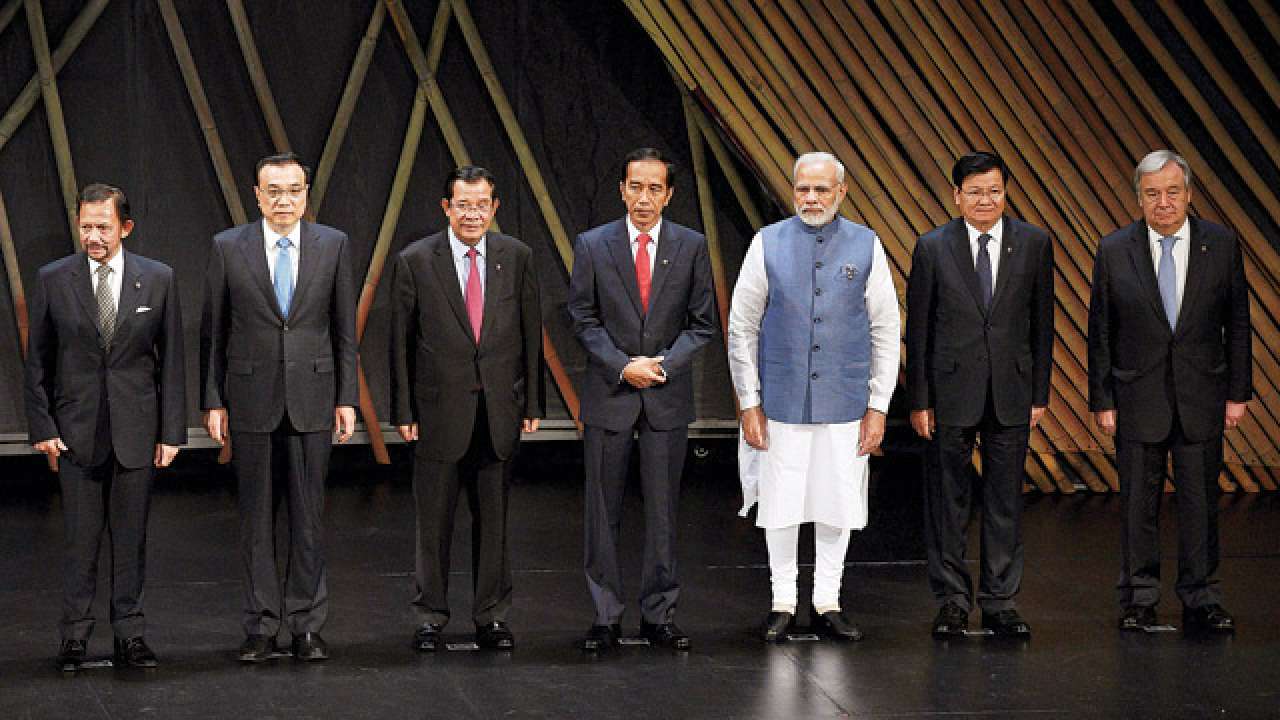
When the world was analysed in the categories of bipolar interaction, the presence of regional or sub-regional subsystems was subordinate to the logic of a global division into two worlds.
This exclusivity is today challenged by logistic visions reflecting contemporary geopolitics that is likely to recreate the context within which regions and ‘regional’ organisations are perceived.
While this re-imaging presents various possibilities, the overlapping of states, no longer contained within clear bipolar divisions in multilateral ‘regional’ organisations, is a case in point.
Traditionally, three central elements have been identified by analysts as constituting the core elements of regionalism. First, a common historical experience and a sense of shared problems among a geographically distinct group of states/societies, which constituted a region.
Second, close linkages of a distinct kind between those states/societies; in other words recognition of a boundary to the region within which interactions would be more intense than those with the outside world or regionalisation.
Finally, the emergence of an organisation giving shape to the region in a legal and institutional sense and providing rules of the game within the region, the element of conscious policy which is central to regionalism.
Therefore, while dealing with regionalism three elements were considered to be important. The first related to the spatial dimension of regionalism, i.e., how large is the area covered and its definition.
A second related to its scope; in other words the tasks or areas of interaction covered by the region or by the regional organisation. A third feature was the level and extent of the organisation.
These three were considered to be useful since they indicated the variety and unevenness of regionalism and also brought into focus the fact that regional organisations recognise boundaries both in terms of spatial dimension as well as in terms of scope and in recent years both have been challenged.
As such an understanding of complex regional alignments may be the key to comprehending the success or failure of economic diplomacy supported by large scale infrastructural projects and economic corridors that seem to be the hallmark of global politics today.
‘Regional’ organisations like the Shanghai Cooperation Organization (SCO) today include as its ‘dialogue partners’ states as geographically separated as Azerbaijan, Armenia, Cambodia and Nepal.
Similarly, the Regional Comprehensive Economic Partnership (RCEP) that began as a free trade agreement between the ten member states of the ASEAN and the six states with which the ASEAN has existing free trade agreement, will in all probability be expanded with the inclusion of states like Peru and Chile.
It also brings into question the spatial aspect of the ‘regional’ economic partnership that would include Latin America within the new Asia Pacific trade order.
In fact institutions like the Asian Infrastructure Investment Bank (AIIB), which includes 17 non-contiguous Asian and European states, including China and India, may become a new ‘region’ in terms of significance.
This Chinese initiative supports Beijing’s logistic vision of the Belt and Road Initiative (BRI) with the aim to bring South Asian economies closer to China, Central Asia and West Asia.
However, while the replacement of ‘regional’ organisations by logistical spaces reduces the viability of ‘regions’ as geographically designed entities, economic corridors move towards ‘regional’ integration on the assumption that development is a wider collective process.
Nevertheless, both underline that global dynamics related to the management of infrastructure across borders will contribute to the creation of semi-autonomous governing bodies and to a redefinition of social and labour laws and relations across a number of states.
Corridors entail a direct role for the authorities ruling in the spaces they cross, including city/village councils, regions and states and international organisations concerned with trade, development and cross-border activities, while at the same time producing new governing dynamics and management agencies, whose role is growing as a consequence of the relevance assumed by transport connectivity and logistical infrastructure for global exchanges.
In real terms, that would result not just from strategies developed by the Chinese government-led companies, but also because these would confront diverse relations between public governance and private policies about economic corridors in different states requiring the development of new forms of diplomacy and geopolitical projections and a subsequent redefinition of relations between representative institutions and the governance practice of global logistics organisations.
It would also create the possibility of a situation where governance itself moves from traditional sites to the competing sites of economic corridors that coexist on a global scale.
Author is Director Asia in Global Affairs, Kolkata